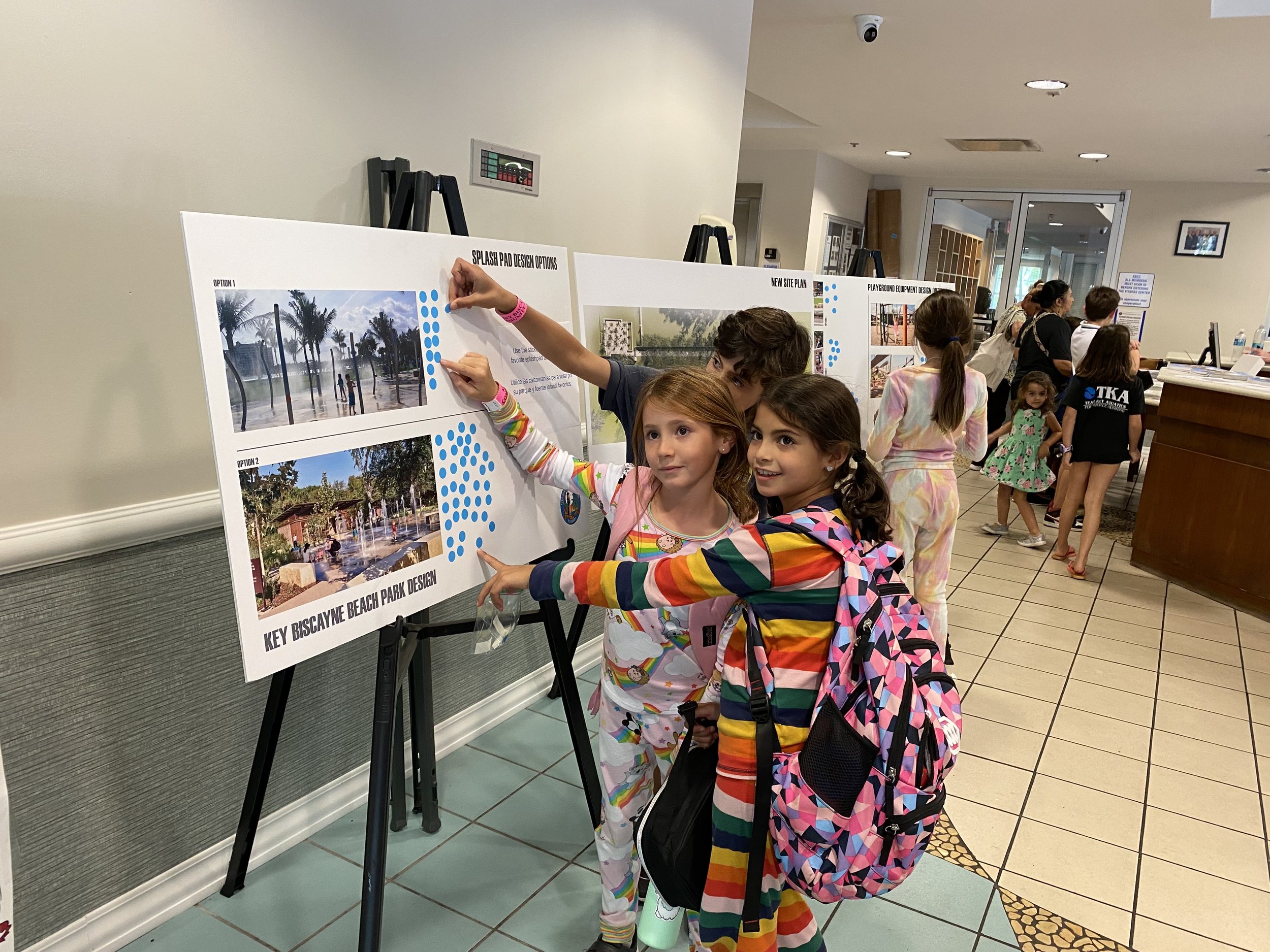Navigating Controversial Projects: How to Build Support Before You Break Ground
In architecture, some projects move forward seamlessly — and others require a little more finesse. When a development proposal is perceived as controversial, whether due to its location, purpose, or potential impact, success depends on more than great design. It requires thoughtful strategy, clear communication, and a willingness to listen.
At Peacock Architects, we’ve helped clients navigate everything from conditional use approvals to emotionally charged community meetings. Along the way, we’ve developed a few key strategies to help position projects in the best possible light — and gain real support in the process.
1. Ask Before You Answer: Engage the Community Early
One of the biggest missteps in community outreach is treating it as a formality — a box to check after decisions have already been made. Instead of presenting a finished plan and hoping it’s well received, invite the public into the process from the beginning.
During the planning phase of the Delray Full Service Center, our team took this to heart. We didn’t just host a presentation; we spent time meeting with the community, asking residents about their vision and concerns. Those conversations shaped the design — not the other way around. When we finally did present the project, it reflected the public’s input. That early buy-in helped turn potential opposition into strong support.
2. Know Your Rights — and Your Limits
Understanding your development rights is crucial, especially when dealing with land use restrictions or conditional zoning. As architects, we work closely with owners to understand what can be built by-right versus what requires special approvals — and what those approvals entail.
Take, for example, a gas station project we consulted on. While technically allowed under the zoning code, it required a conditional use permit — which meant securing approval from the local commission. Instead of walking into the vote blind, we advised the owner to meet with commissioners beforehand. That early engagement opened lines of communication, addressed concerns, and helped set the project up for success before it ever reached a public hearing.
In cases where a project is likely to face resistance due to its nature or location, it’s critical to evaluate context before proceeding. For example, you wouldn’t want to put a sports bar next to a daycare center — and neither would the community. In these instances, we work with planners and commissioners early in the process to identify the most appropriate site for the proposed use — one that fits naturally within its surroundings and avoids unnecessary scrutiny. That proactive planning often makes all the difference.
3. Collaborate With the End Users
In some cases, the key to community approval lies in deep collaboration with those who will actually use the space. When working on Sugar Sand Park, we held public meetings open to anyone — and made sure to actively involve the end users in the design process. Their feedback wasn’t just noted; it directly informed two different design options, each rooted in precedent and built around their concerns.
Because the community saw their voices reflected in the design, they became some of our strongest advocates. The project didn’t just move forward — it moved forward with momentum.
4. Show, Don’t Just Tell
When people are wary of a project, data and diagrams often aren’t enough. Use precedent studies, design visuals, and user-focused scenarios to bring your vision to life. Show how concerns have been addressed. Illustrate the project’s benefits in real terms. The more tangible and responsive the proposal feels, the easier it becomes for decision-makers and residents alike to support it.
We took this approach during the planning of a park in Key Biscayne. Instead of just telling the community what we were proposing, we brought diagrams, visuals, and multiple options — and invited them to vote on what they wanted to see. The public got genuinely invested in the process, and in the end, the feedback was overwhelmingly supportive. The community didn’t just approve of the project — they felt like it was theirs.
The Bottom Line
Navigating a controversial project isn’t about pushing past resistance — it’s about transforming it. With transparency, humility, and a willingness to collaborate, even the most complex projects can become community assets.
That said, not everyone is going to be happy. Change can be uncomfortable, and some resistance is inevitable. That’s why we believe in managing expectations early — both with clients and the public. By setting a clear path forward and taking proactive steps to foster community buy-in, we can minimize surprises and maximize support.
At Peacock Architects, the projects that start with listening are the ones that end with lasting impact.
Have a project that needs a thoughtful, strategic approach? Let’s talk.

